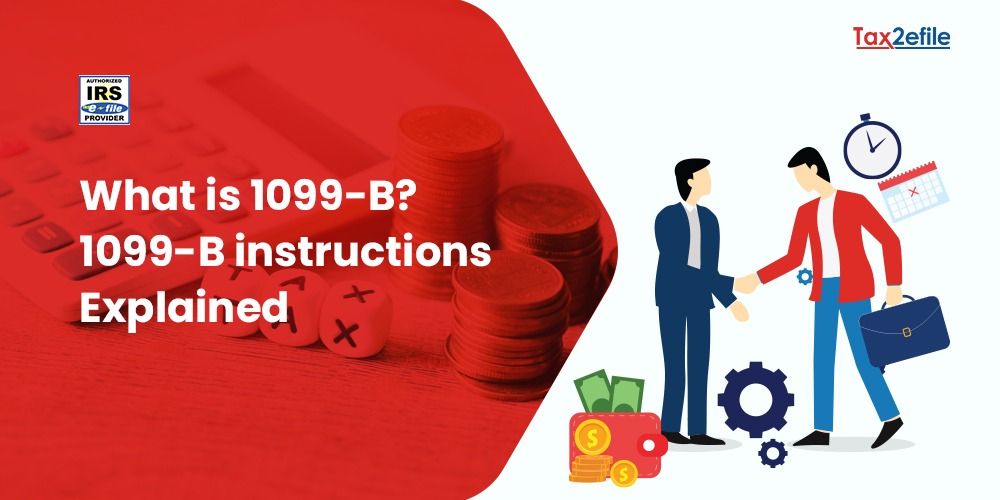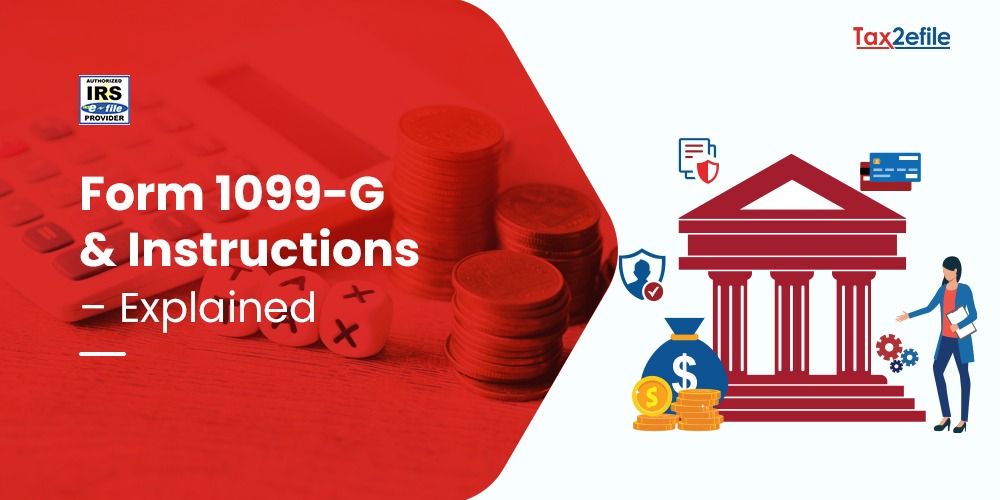- May 5, 2022

Not-for-profit organizations generally stay tax-exempt but still have to file Form 990 to let the IRS know the way they use their donations and resources to stay exempted from tax. The Form 990 balance sheet statements testify to their financial position and are essential to substantiate the transparency of the Nonprofit business. This form is made public to make it easy for donors and other people interested in supporting the cause to evaluate the organization before supporting it.
Table of Contents
The Form 990 balance sheet for Nonprofits
Form 990 for nonprofits has many sections, and part X of this form present on its 11th is its balance sheet. This sheet shows the opening and the closing balance of the organization on a financial year and its assets and liabilities at the end of the year. There are three parts to the balance sheet of Form 990.
- Assets section:
Form 990 has about 15 lines to help report different types of assets of the nonprofit. Things that are recorded in this section are
- Investment
- Assets that do not bear interests
- Grants and pledges received
- Land, building, or equipment that the organization owns
Any amount of money that the nonprofit receives and the property it owns should be recorded in this section. On line 16, the value of the assets should be added and reported.
- Liabilities and expenses:
In lines 17 to 25 of the balance sheet, the liabilities of the nonprofit should be recorded. The different types of liabilities are,
- Loans
- Deferred revenue
- Payment to third parties
- Mortgages
On line 26, the value of liabilities should be added and recorded.
- Reporting fund balances:
If the nonprofit organization follows the Financial Accounting Standards, the boxes 27, 28, 32, and 33 should be checked in the form. These help in reporting the net assets without donor restrictions. If the organization doesn’t follow the standards, then boxes 29, 30, and 31 should be checked. Line 33 is used to report the total liabilities, net assets, and fund balances of the organization.
Organizations that have to file Form 990
The recent revisions in the IRS have made Form 990 more comprehensive and entitle it to collect information about the compensation of board members and staff and other details that relates to its financial accountability. It is made mandatory for the following organizations to file Form 990.
- All private foundations regardless of their income should file Form 990-PF
- Large nonprofits that have receipts of more than $50,000 should file form 990-EZ
- Small non-Profits with receipts less than $50,000 should file Form 990-N to maintain their tax-exempt status
Organizations that are exempted from Filing Form 990
- Churches and faith-based organizations such as missionary organizations and religious schools.
- State institutions
- Government corporation
- Subsidiaries of nonprofits, where the tax returns are filed by the parent group
Due date to file Form 990
Form 990 should be filed on 16th May of every tax year, after the end of the accounting period. An extension of 90 days is allowed for filing, except for Form 990-N. If Form 990 is not filed for three years consecutively, then the tax-exempt status will be revoked by the IRS by default.


